Timing the Harvest: Guidelines for When to Collect Honey from Beehives
When to Harvest Honey
For beekeepers, knowing when to harvest honey, is a matter of waiting for the end of a successful nectar flow, and waiting until the beehive is full of cured, capped honey.
Depending on where you live, the conditions will vary; and, as a first time beekeeper, it is a good season if you get even a small amount of honey at the summer's end.
This is because the colony needs at least one season, so they can build up a population that is large enough, for the surplus amount of honey to be harvested.
By timing the honey harvest appropriately and considering the needs of the honeybee colony, beekeepers can ensure a successful and sustainable honey production process while promoting the health and vitality of their hives.
Check Frequently
When the summer season approaches, and you are ready to harvest honey, it is a good idea to check below the hive's cover every two or three weeks. This will allow you to check the progress being made, and allows you to see how many frames are full of capped honey. It is not a good idea to harvest honey at this point; it is best to wait for summer's end if possible.
When the frame contains at least 80% sealed and capped honey, this is when you can begin to harvest honey for the season. If you are a little more patient, and want the best results, you can wait a while longer; if you choose this route, there are a few conditions you should look for. First, you can wait for all caps to be full of honey; or wait until the final major nectar flow passes, so you can harvest.
However if your thinking of adding another honey super wait until this point to add another, when most of the frames are full and capped with honey, then add another super in stead of harvesting at this point.
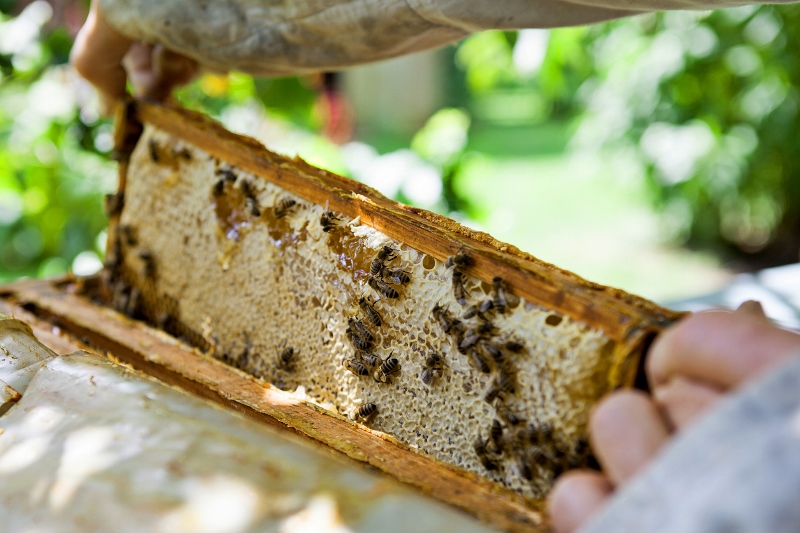
Patience is Critical
As a beekeeper, it is best for harvesters to wait for the bees to collect as much honey as they can. It is best if you can wait for the final nectar flow, but at the same time you have to be mindful of waiting too long to harvest. If possible, it is best to remove the honey no later than mid September; two reasons exist for this.
First, when the winter season begins to approach, your bees will begin to consume the honey that they have made during the summer months. If supers are left in the hive for too long, the bees will begin to consume the honey they have made.
The second reason is that when the weather gets too cold, you are no longer going to be able to harvest honey, and will lose what was produced during the season by your bees.
Although it is a delicate time frame that you have to work with, you have to be mindful of moving in too soon. If you harvest honey prior to the 80% capped honey mark, you run the risk of bees no longer producing for the season. But, you want to harvest prior to the winter months, to avoid loss as well.
The best months are probably late July, August, and up to mid September. Not only will this result in the full frame, it will also ensure you will not lose the honey due to the weather conditions in the following months.
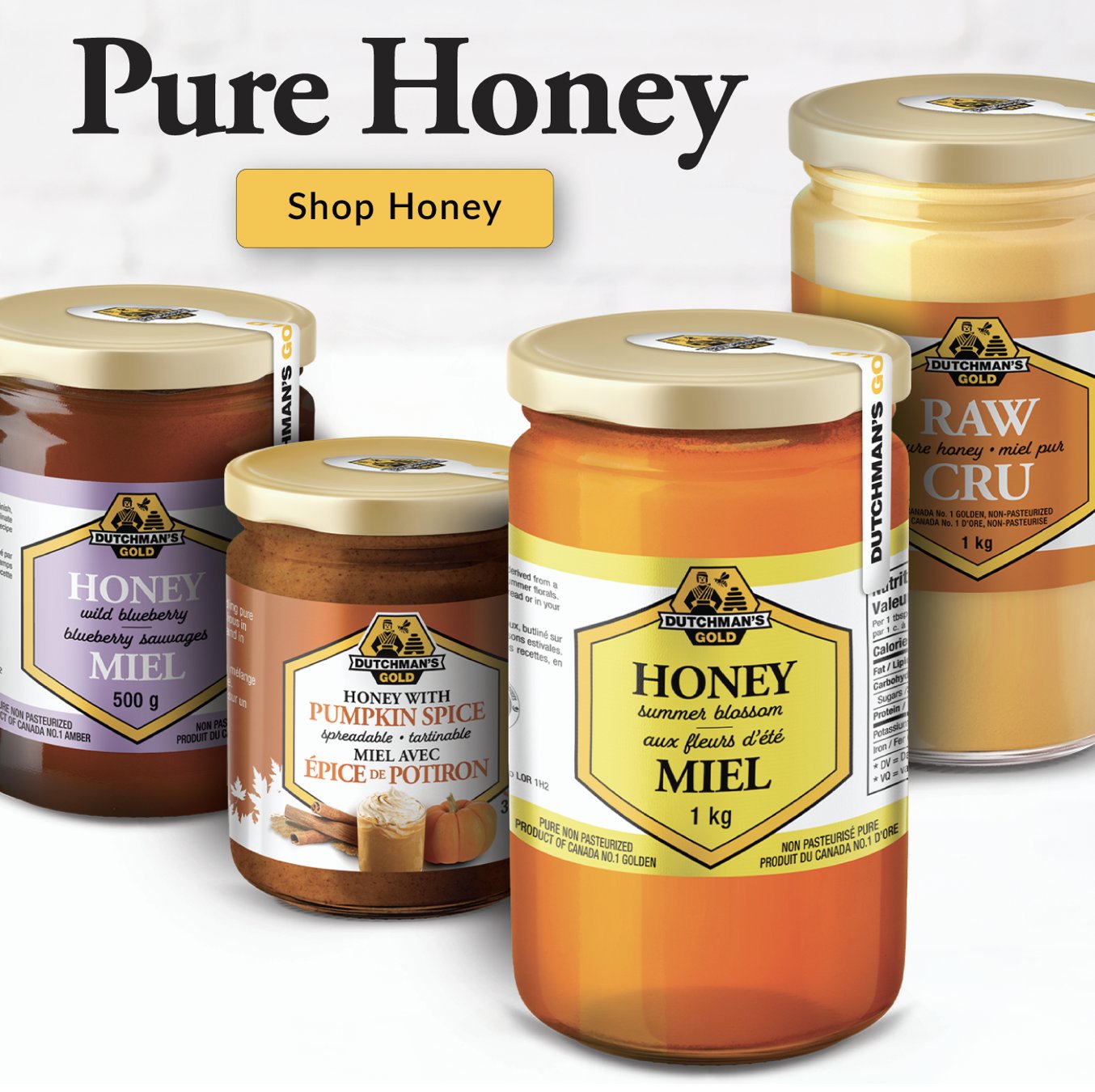
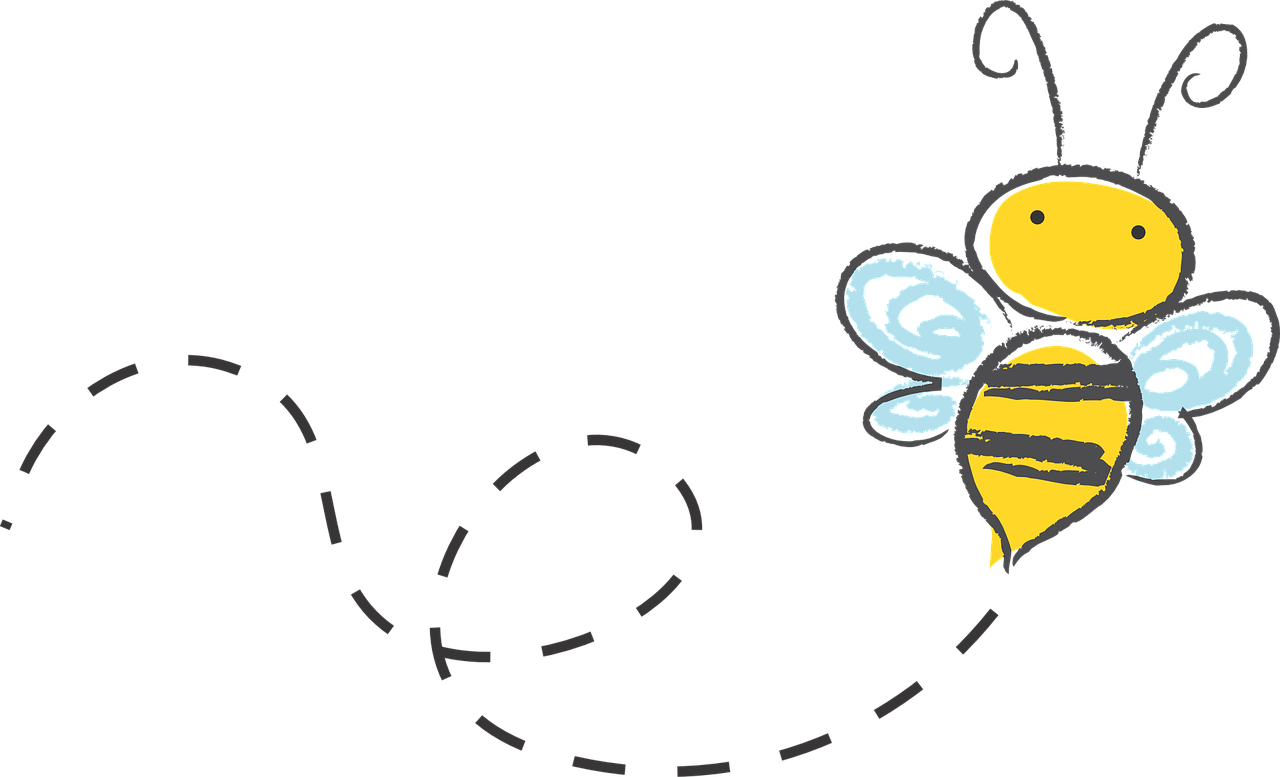
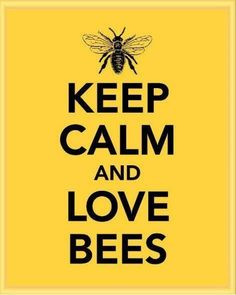
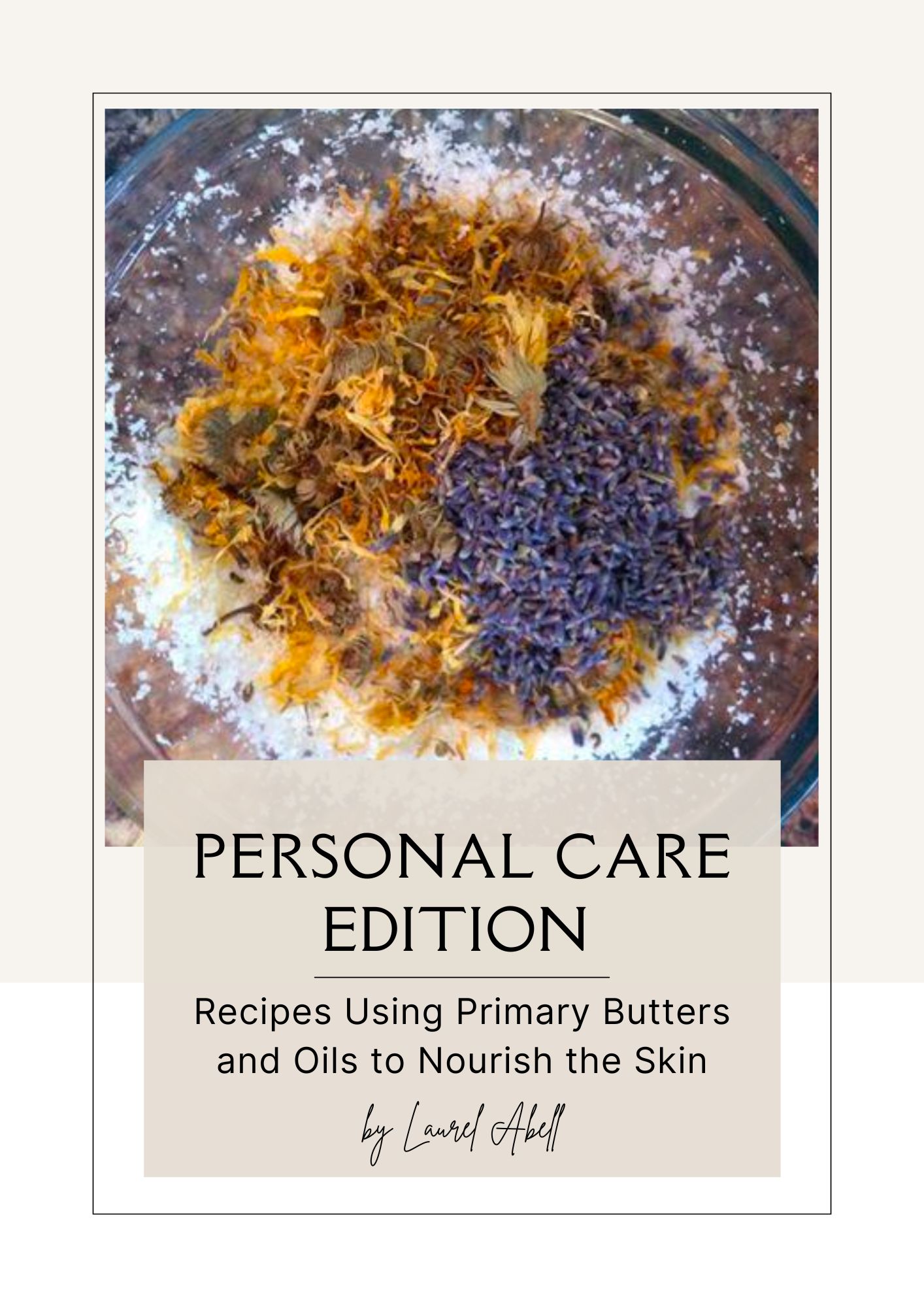
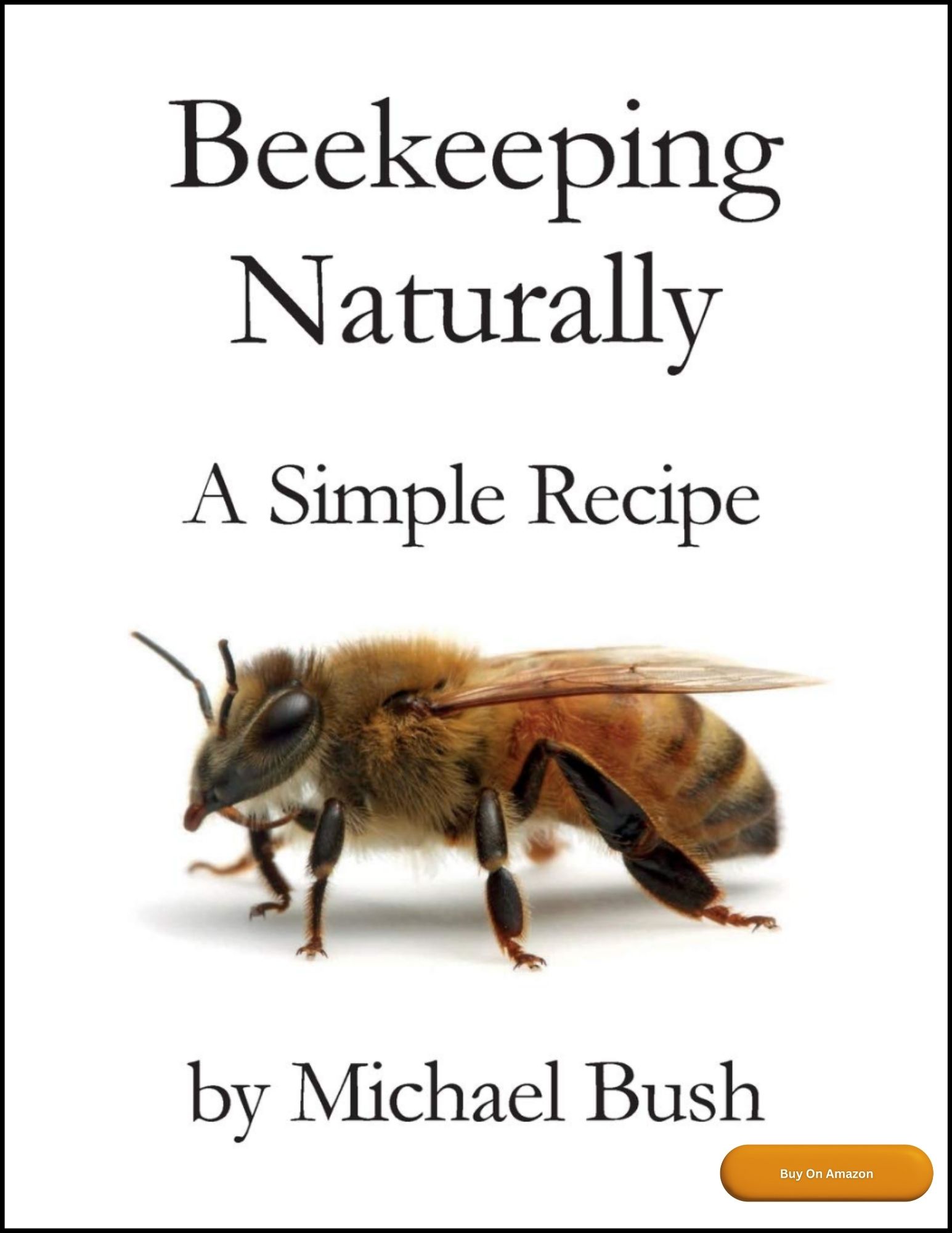
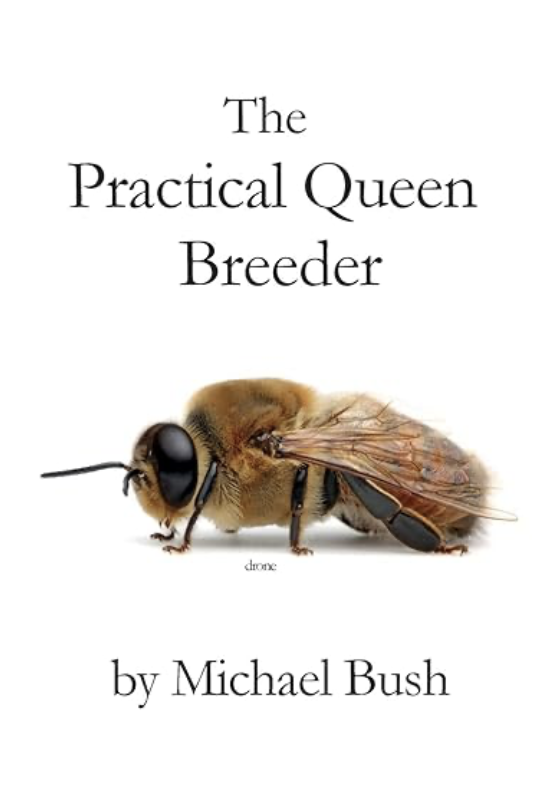
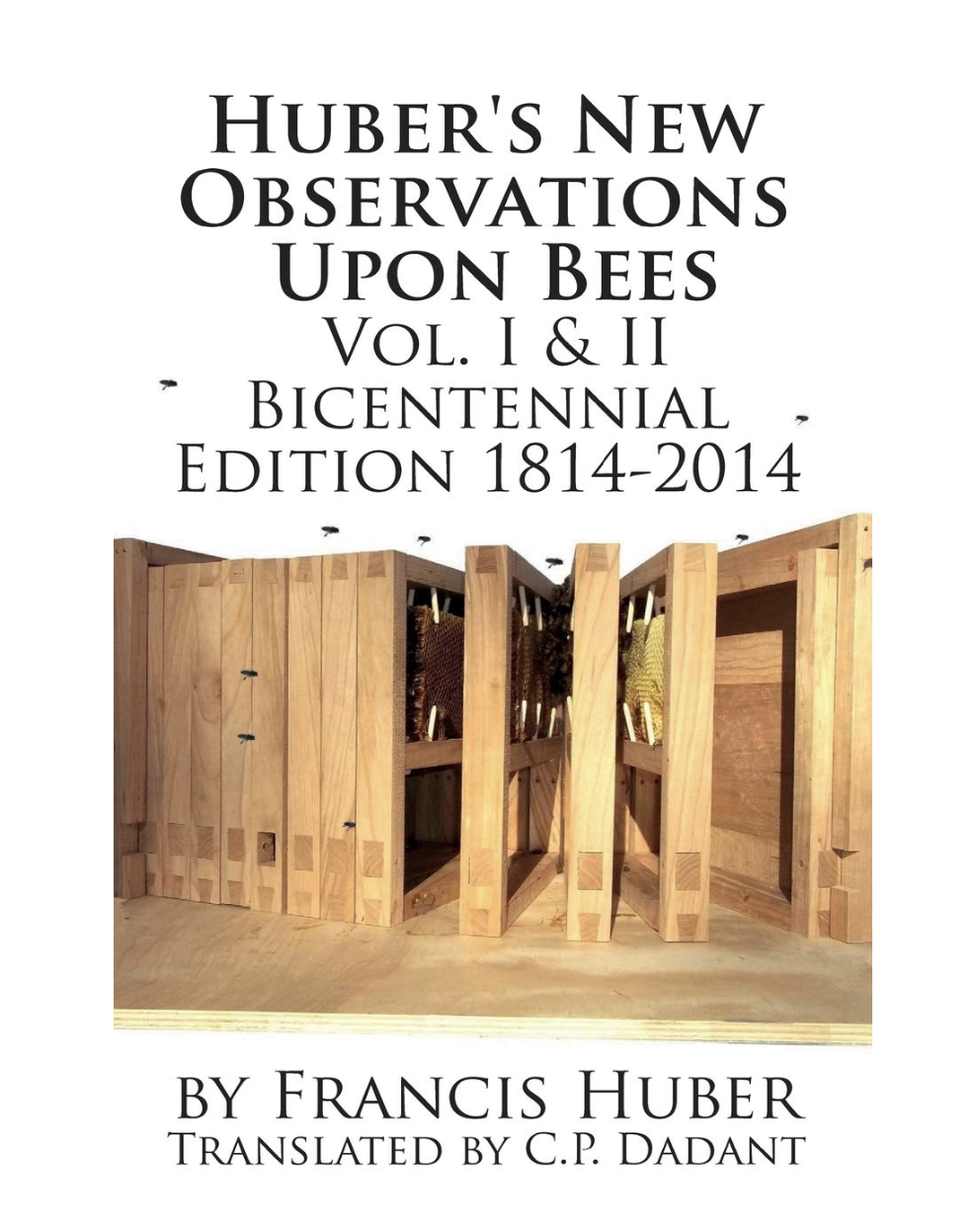
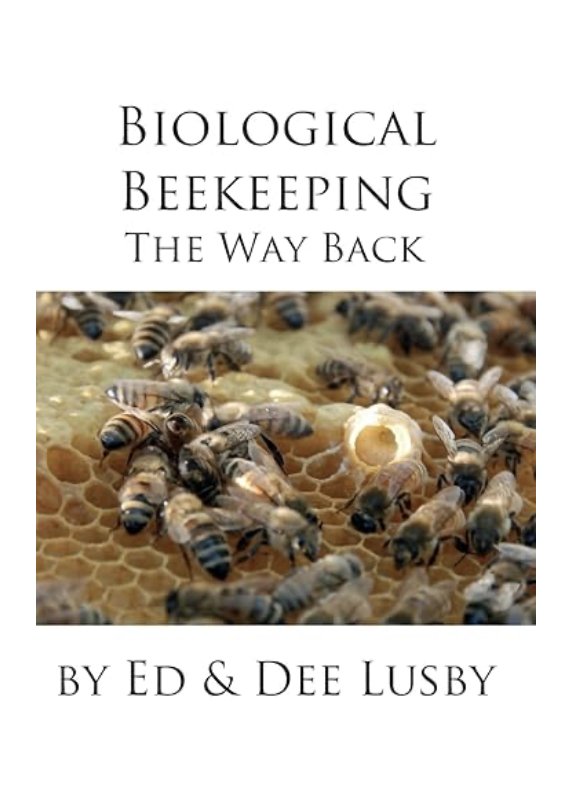
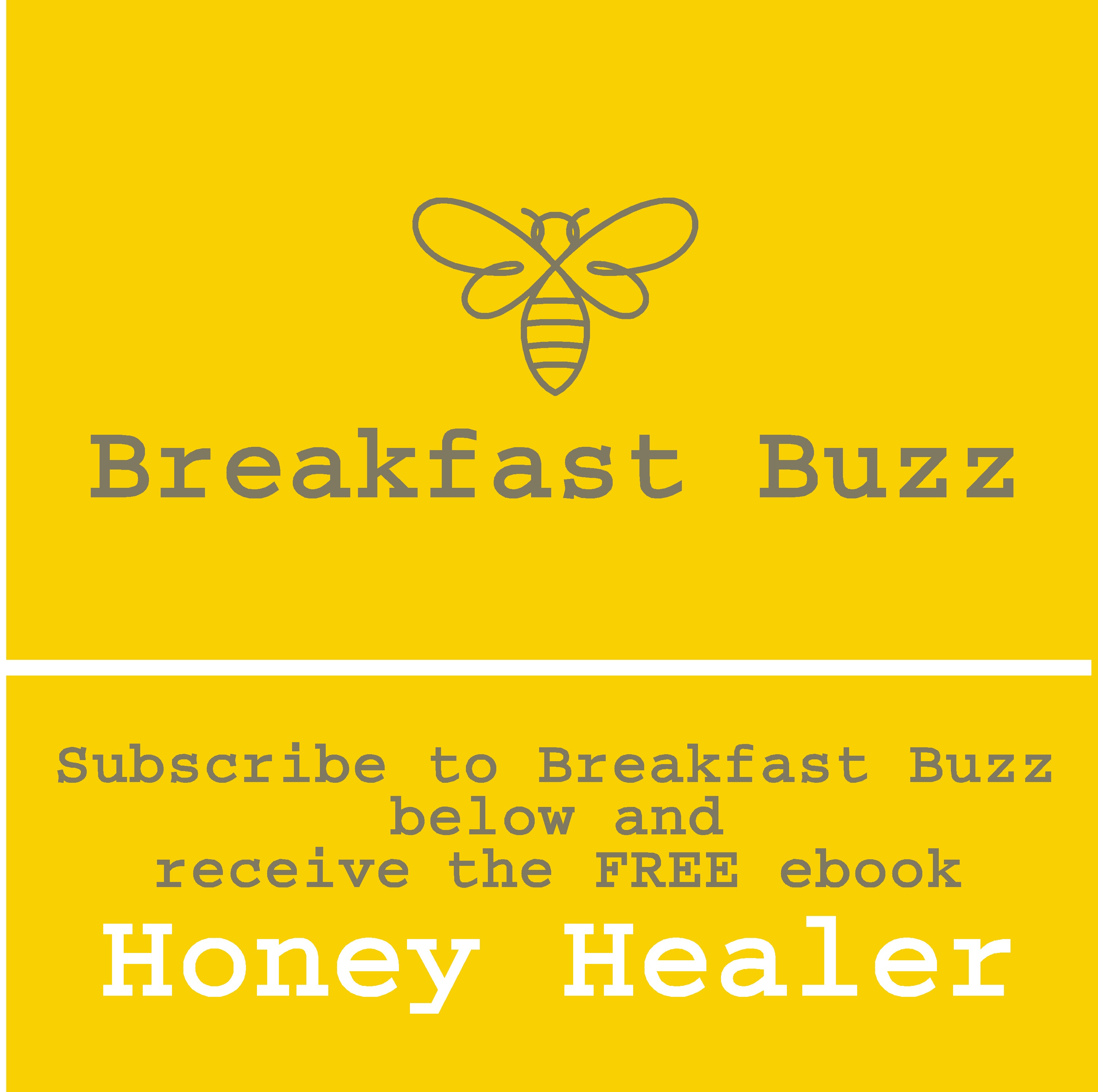
New! Comments
Have your say about what you just read! Leave me a comment in the box below.